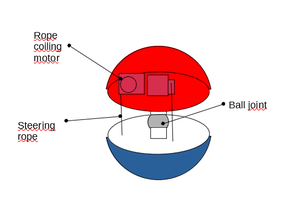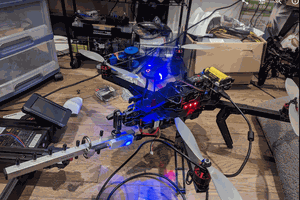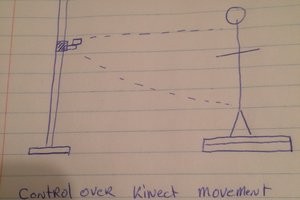
For this project, the only pre-built thing that you should have on hand is a drone which you have access to it's Flight Controller (FC). The entire build of the drone is outside the scope of this project, but there's so many sources online to build a drone that you won't struggle to find the help that you need. Alternatively you could just buy a drone
Here's a list of what you'll need to build your delivery drone :
Software:
- Ultimaker Cura (or any other slicer)
- Betaflight Configurator
- Fusion 360 (eligible students, educators, and qualifying educational institutions should have free access to it) (optional)
Equipment:

- Access to a 3D printer (if you don't have your own, check with your local library, or college. I used one at a makerspace at my University)
- PLA Filament (any colour is fine, I chose White)
Supplies:
- Soldering Iron
- Soldering Wire
- Wire Strippers
- Electrical Wires (Male - Male)
- Multimeter (One that has a continuity tester on it)
- Precision Screwdriver Set
- Electrical Tape
- Pliers
- Zip-ties
Components:
- Flight Controller (Compatible with betaflight)
- DC Gear Motor
- ESP32 Firebeetle 2
- DC-DC Buck Converter 7-24V to 5V
- ELRS-Nano Receiver (any receiver using an ELRS protocol)
 Iloke-Alusala
Iloke-Alusala






 liji
liji
 Lexi
Lexi
 Bobby Feather
Bobby Feather